Technique Evolution
Author:
Unlock your full potential by engaging with our experts and community! Have questions about your fitness journey or looking for expert advice on weightlifting techniques? Don’t hesitate — leave a comment below and Sergii Putsov will provide a personalized answer and insights to help you reach your goals.
Torokhtiy is reader-supported. Some links are affiliate links, and we may earn a commission at no extra cost to you. See our disclosure page for details.
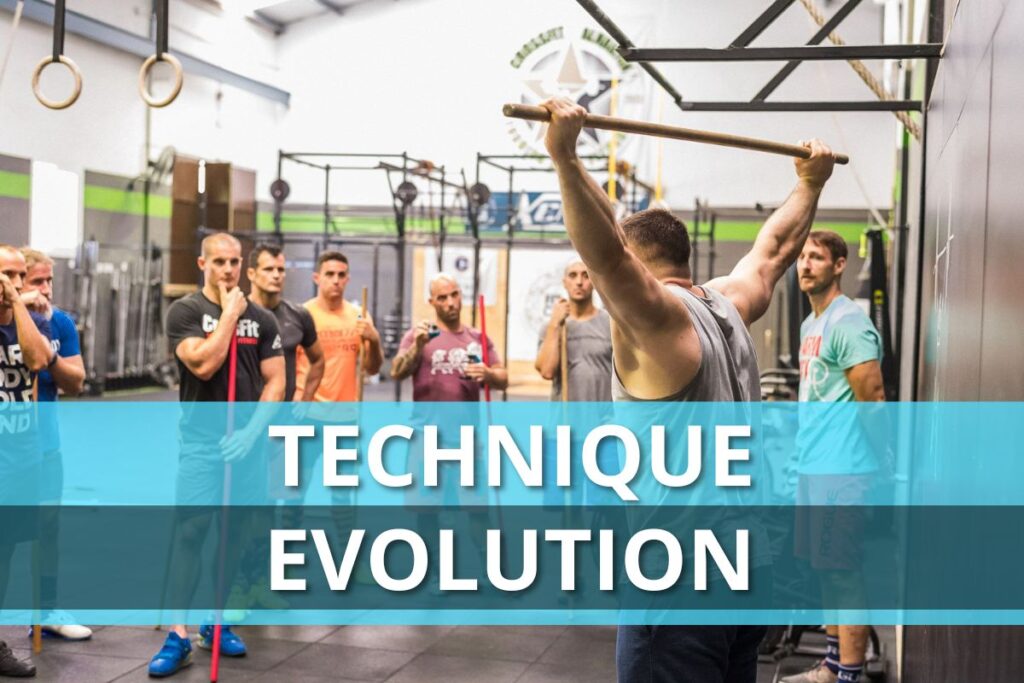
This article also available as audio. Check this out!
Subscribe and listen it anywhere:
The weightlifting technique development, starting from the black-and-white pictures stage up to nowadays, has been taking place thanks to the coaches, athletes and sports scientists’ vast experience. Legislators of such weightlifting studies were Soviet coaches and biomechanics, the most famous of which were N. Luchkin, L. Sokolov, R. Roman, I. Zhekov and A. Lukashev. Today, thanks to the software development, we can see many people using applications on mobile phones.
Significant changes have occurred in more than 100 years of weightlifting history. They relate to technique, the level of skills necessary for success development and the type of athlete himself that can become successful. Of course, all these factors are interrelated and interdependent.
You may like it:
- Detailed Olympic Weightlifting Program For Beginners
- 12-Week Weightlifting Program For Women (Detailed Example)
- Create Your Olympic Weightlifting Program (Examples Included)
Starting from the 20s of the 20th century, when the competition program was reduced from five competitive exercises to three, athletes realized that it was possible to increase results by lifting the weight to the minimum height with a maximum speed.
The minimum allowable barbell fixation height, as well as its maximum speed, with all other equal technique aspects, is still the only most important weightlifting technique element. One of the main high-class weightlifters’ technical characteristics is the ability of accelerating maximally in the dropping under the barbell stage.
Follow us!

Free!
Get a 2-week Weightlifting Program as a bonus for the subscription to kickstart your training plan!

Free!
The advantage of this weightlifting technology element is obvious: instead of trying to simply lift the barbell due to all possible and impossible muscles efforts, a high class weightlifter follows the path of least resistance, going under the barbell at maximum speed and using the barbell itself as a point of acceleration.
The optimal lifting technique assumes maximum efficiency of both the body and the barbell movements.
Soviet sports scientist R. Roman noted: “The athlete uses the speed created by the large force of the body inertia at the moment of dropping under the barbell. This force is transmitted through the hands to the barbell and acts in the moving towards the barbell direction, which contributes to its lifting. Therefore, the faster the athlete drops under the barbell, the more weight he can lift.
Here is an example of this principle in practice. Biomechanical analysis of the Soviet Olympic champion Yuri Zakharevich’ snatch. Athletes with his height raise the barbell at an average height of 132 cm. His height was 125 cm. At the same time, the distance between the maximum reach and fixation height was only 9 cm (3.5 inches) – this value is also the minimum for fixation.
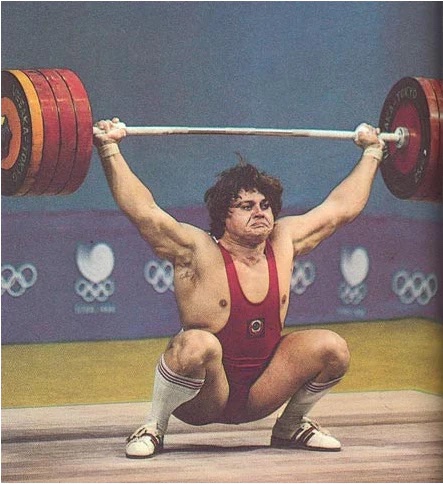
Thus, the minimum lifting height due to high speed, maximum body reduction in combination with the minimum barbell distance when the athlete drops under it, require extremely high speed muscle relaxation and excellent flexibility and high level of intermuscular coordination. These technique elements were not so developed in the weightlifters of the 30–60s due to the bench presence in the competitive program and the weightlifting biomechanics studies were almost absent.
Dropping under the bar, of course, is not the main power factor of the barbell lifting. In simple words – the strength lifts the barbell. But the speed with which the athlete changes the body parts position in space is also very important.
The body parts switching and positioning at optimal time speed combined with a relaxation high rate of those muscles that straighten the lower limbs and torso, determine the effective technique essence, that is, a high level of intermuscular coordination.
With the bench press exercise evolution from absolute power to speed-power (from the 30s to the early 70s), the weightlifter physical qualities development priorities shifted from absolute strength to explosive strength, speed, flexibility and agility.
Back in 1970, Soviet coaches began to say that: “An athlete with poor mobility and large muscles gave way to an athlete with good flexibility, dexterity and jumping abilities. The modern middle weight category weightlifter physique is similar to the javelin thrower or decathlete. Please note that more than 45 years ago, speed, flexibility and mobility were already the main factors for technique improving. And it was scientifically proven that the snatch and the low squat clean were the only promising way.
An evolution example is evident with the following results comparison. In 1956, Paul Anderson (USA) became the most powerful man in the world when he won the gold medal at the Melbourne Olympics. His best result in the clean & jerk – 200 kg with a body weight of about 160 kg, that is 125% of body weight. Currently, men weighing 73 kg are lifting 196 kg or 268% of their body weight.
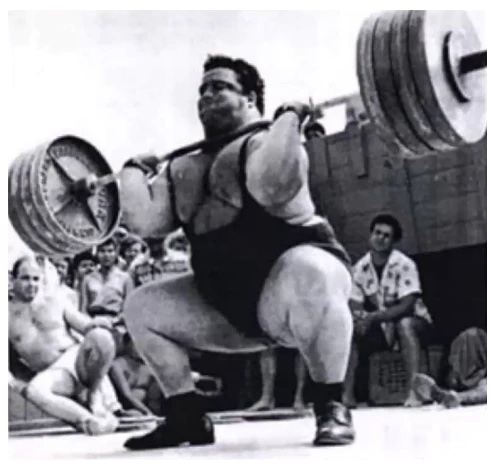
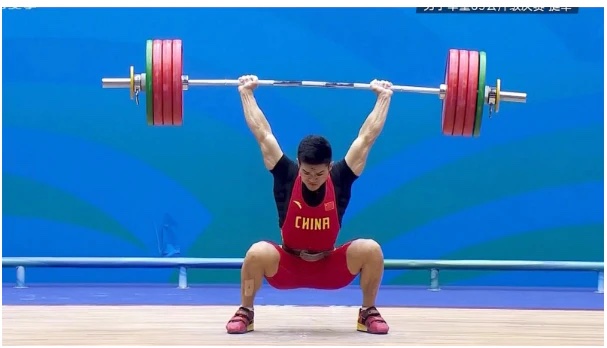
Studies and also the snatch world record holders comparison with other elite weightlifters showed: world record holders fix the barbell to the minimum height. Also, champions discover this very low lifting earlier in their careers than non-champions.
This simple quantitative technique mastery evaluation largely determines the weightlifting era, which followed the bench press abolition in 1972. Younger, faster, more flexible athletes with highly developed coordination could become world and Olympic champions, not so much relying on absolute strength. Summing up, we can say that the two main technical characteristics that distinguish a high-class weightlifter from a low-level athlete are that these athletes raise the maximum weight to a lower height and drop under the barbell faster.
From this it follows that the only way a weightlifter can quickly drop under the barbell is the ability to relax muscles as quickly as possible. According to the famous Soviet scientist Verkhoshansky, “coordination is largely determined by the ability to actively relax muscles.” A high degree of intermuscular and intramuscular coordination, which implies a quick switch from muscle contraction to muscle relaxation in weightlifting, is the main technical characteristic of a modern high-class weightlifter.
Summing it all up, I want to say that the legs and the back strength is important both in functional training and weightlifting, but this force needs to be developed correctly. Remember, neither strong legs nor a strong back will help you to increase the results if there is movement, mobility and flexibility understanding lacking. I spend a lot of time on these specific aspects of training sessions at my seminars and at the camp. See you!!!
Train together – train right!
You might be interested in:
Why Trust Us?
With over 20 years in Olympic weightlifting, strength training, nutrition coaching, and general fitness our team does its best to provide the audience with ultimate support and meet the needs and requirements of advanced athletes and professional lifters, as well as people who strive to open new opportunities and develop their physical capabilities with us.
By trusting the recommendations of our certified experts in coaching, nutrition, and sports training programming, as well as scientific consultants, and physiotherapists, we provide you with thorough, well-considered, and scientifically proven content. All the information given in the articles concerning workout programming, separate exercises, and athletic performance, in general, is based on verified data.
The product testing process is described in more detail here.
Author: Sergii Putsov
Head of Sport Science, PhD
Best Results: Snatch – 165 kg,
C&J – 200 kg
Sergii Putsov, Ph.D., is a former professional weightlifter and National team member, achieving multiple medals in the 94 kg weight category at national competitions. With a Master’s degree in “Olympic & Professional Sport Training” and a Sport Science Ph.D. from the International Olympic Academy, Greece, Sergii now leads as the Head of Sport Science. He specializes in designing training programs, writing insightful blog articles, providing live commentary at international weightlifting events, and conducting educational seminars worldwide alongside Olympic weightlifting expert Oleksiy Torokhtiy.








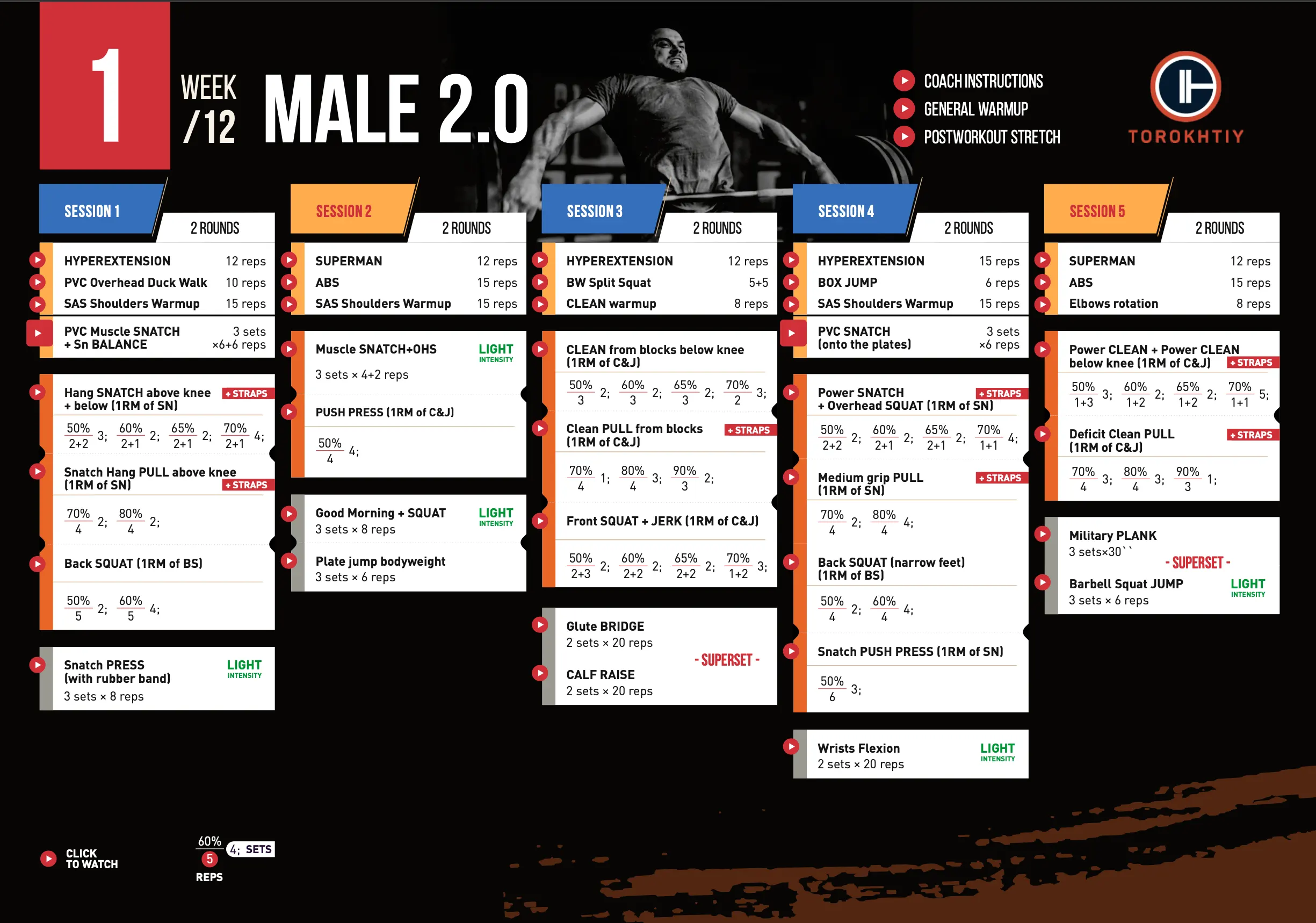
Still have questions after reading our article? Unlock your full potential by engaging with our experts and community! Don’t hesitate — leave a comment below and Sergii Putsov will provide a personalized answer and insights to help you reach your goals.